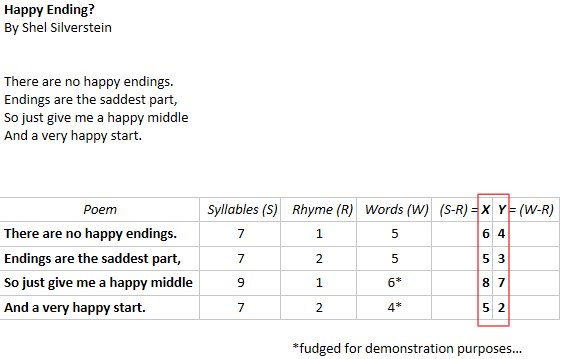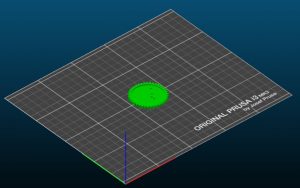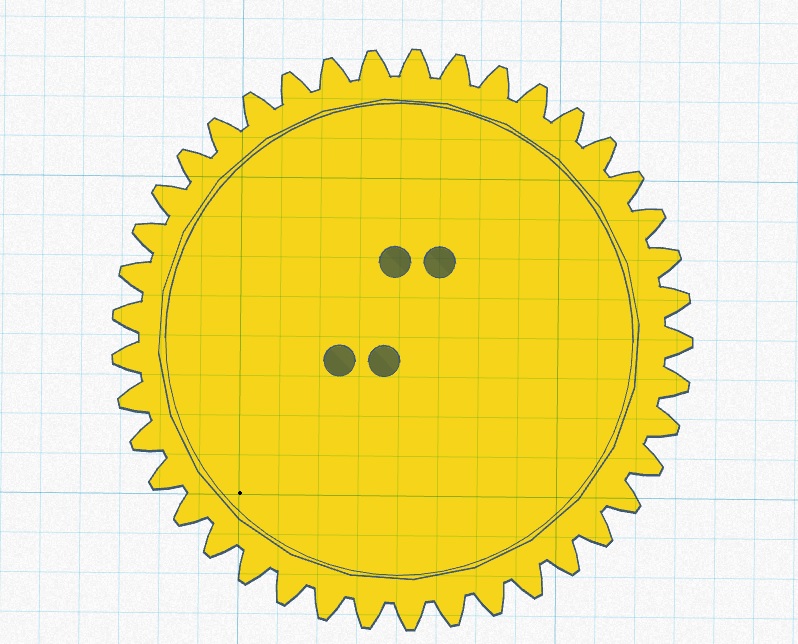568 Final Assignment
Learning by Making
- My Story and Interest
- Article Review
- Where I am Going
1. My Story and Interest
You may connect to this short video, but not in the way I do. I’ll state now that it is not the in the poem where I establish my connection. As you read on, I will explain how this artifact is more than an appreciation for the language arts aspect.
But first…
I have always had an affinity for tinkering with technology. I tend not to become an expert on any one type of application or apparatus, but I’ve always found it fun to “try something” and create a project, then obsess over its refinement. My tendency to do this is likely due to the fact that I am an early adopter.
Some smaller recent projects:
In the course of my exploring and refining spells, I enjoy showing off. “Look what I made!” I say to my friends and coworkers.
“That’s really neat”, they say, “but what could you use it for, other than your own projects?”
Downers. But what other thought would they have come to mind? I spend time and energy on spreadsheets, coding programs, 3D design and printing, so it is natural for any observer to assume I have a greater purpose in mind than just to play. At first, I simply felt it was a way for me to play or procrastinate. Now, however, after considering some methodologies and personal learning connections, I realize that Making is how I do inquiry.
When I make spontaneous artifacts (not prescribed, like an assigned project) through analog or digital means, I take ownership of them. I take pride and responsibility for my own artifacts as they are an extension of my creativity and intelligence. Most importantly, I remember everything that has gone into their creation. Whether it is the procedure I created, the tutorials I had to find, the bumps along the way, or the earlier versions…those experiences stay with me as I am intrinsically connected with my work.
2. Research Article
Now faced with a grad school project, I’ve been drawn to the concept of Making to learn while considering that I would want to apply Making in my grade eight classroom. When I searched for an article about making, the question driving my search was “Is Making something I can use to teach my core subjects?”
I found the following: I Make, Therefore I Am, which is a proceeding article to the 2017 CHI Conference on Human Factors in Computing Systems.
The article explains how research was conducted to answer the following three questions:
-
Can Making activities integrated in formal schooling positively influence elementary school students’ sense of self-efficacy in Making, interest in Making, and sense of identity as Makers?
-
Can Making activities in formal schooling positively influence elementary school students’ sense of science self-efficacy, interest in science, and intended career paths?
-
Can student participation in curriculum-integrated Making activities positively influence elementary school students’ academic performance?
The participants in the research were a cohort of grade 3-5 students at Neal Elementary School in San Antonia, Texas. The researchers, Chu et al., taught ‘Making intervention’ classes to 121 students, while an additional group of 117 students went about school on a regular basis as the control group. The research used a pre- and post- intervention survey to determine the students’ self-efficacy and self-identity. It was the same survey done twice.
In the research, self-efficacy was defined as “the evaluation of one’s ability to accomplish a task in a given domain”. For example, one could ask themselves “How well do I usually do in math class ?” Self-identity was defined as “the extent to which an individual defines the self through a role or performance in a particular domain”. I other words, one could ask themselves “Am I the kind of person that does well in math?”
The surveys featured questions which measured self-efficacy and self-identity in Making, STEM, and academics. Upon coding all the data in surveys, the researchers found that Making had significantly affected self-efficacy and self-identity in the STEM field, but had no other significant effect. Furthermore, the students were asked about what they believed their possible career paths could be:
The amount of students considering STEM careers jumped from 1/20 to 1/5. Chu et al. argued that STEM was the winner in their research; while Making did not create a positive feedback loop or aid in academics, it did aid broaden the students’ views that they may succeed in as well as pursue STEM.
Lastly, the researchers pointed out that their interventions were fairly limited due to science being the only curriculum taught in the sessions. They suggested that further research could be conducted in determining how “the approach [may relate] to other K-12 grade levels and to other subjects like mathematics or the language arts”.
3. Where I Am Going
I went to pick up where Chu et al. have left off. Particularly, I want to find ways to use Making in the inquiry based approach across our ‘core’ curricular subjects. My first idea is to create artifacts through digital and analog means by using procedural generated data in any/all subjects.
Using the “Inquiry Pool” model created by Trevor Mackenzie, I began with what would be Structured Inquiry; something to scaffold and learn the tools.
Recall the Spirograph at the top of this page.
The center gear of the Spirograph (the on that moves) was a template which was indented based on an arbitrary procedure to find consistent data points in the poem. See below:
Using the X and Y coordinates, the indents (holes) were plotted and merged with the solid gear in Tinkercad.
The designs were exported and Sliced (vectored for a 3D printer), and then printed!
The video was then filmed, an audio file was recorded, and they were combined in a movie maker app. Overall, this took some time. I invested thought and love into my very small creation, a creation which may have no use beyond itself. However, I can:
- Identify elements of a poem.
- Ascertain that a rhythm of a poem is related to how close the amount of words and syllables are in each line.
- Plot X,Y coordinates in a digital CAD system.
- Evaluate and properly slice a a 3D blueprint to fulfill it’s function.
- Create a unique, complimentary, procedural art piece based on an original work.
This exercise has allowed me to internalize the above skills, as well as the poem and its message(s). When considering the B.C. curriculum, these skills are applicable to the Curricular Competencies in ADST, English Language Arts, and Mathematics.
As a teacher, I would encourage my students to go deeper in the pool…so I tried that myself, moving into Controlled Inquiry. I wrote my own poem about the woes of my grade twelve math class, and based the procedure of data transposition on the trigonometrical relation of Tangent. I also did the Spirograph in one color because math was boring.
Inquiry using Making obviously works for me. My questions, whether I research them or not, are:
- How do students generate ownership and stewardship to artifacts?
- Does the ownership and stewardship of artifacts lead to better learning?
- Can the Making of digital and analog artifacts be applied across typically ‘core’ curriculum?








Recent Comments